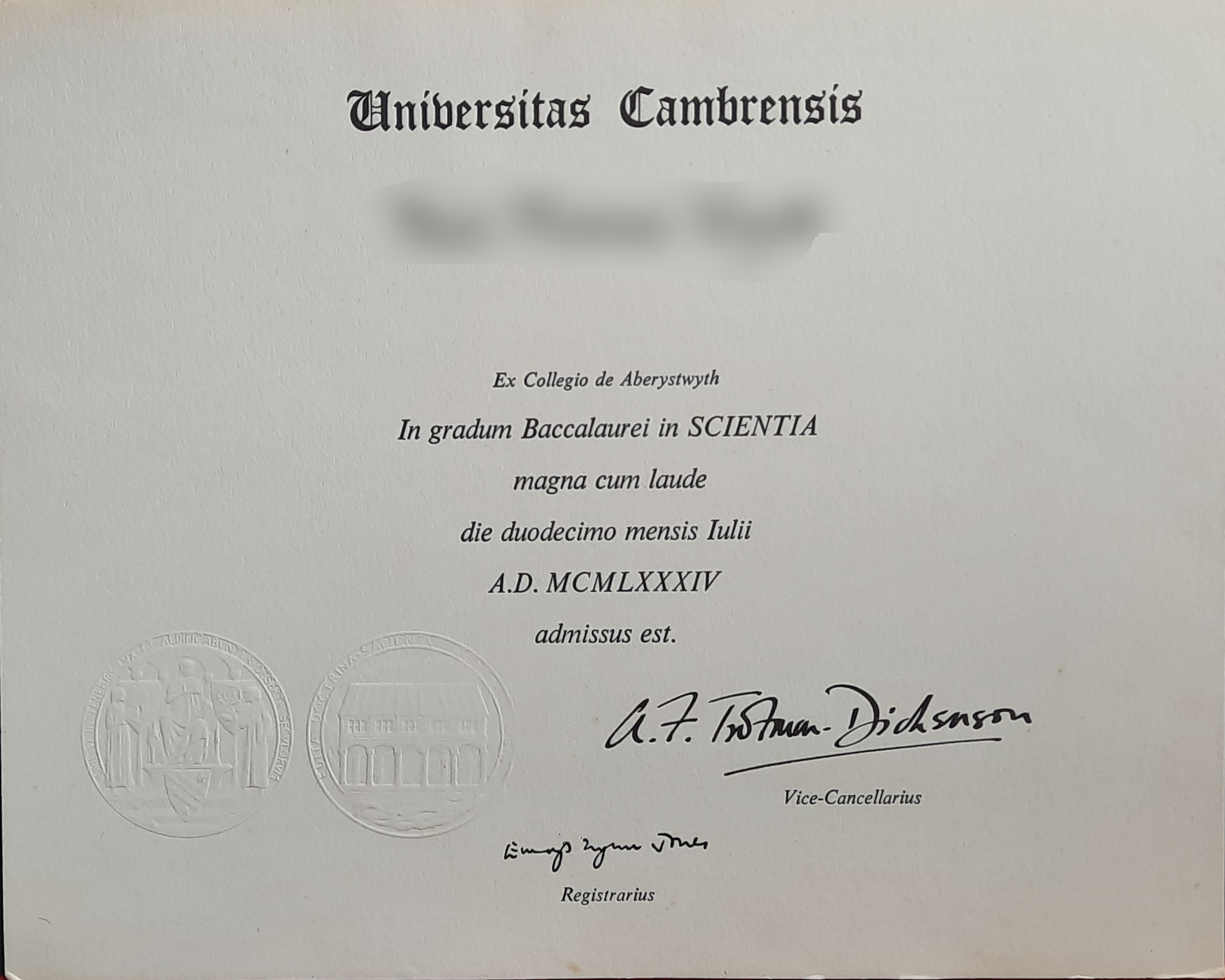|
Eduard Enslin
Eduard Enslin (4 October 1879 Nuremberg - 26 December 1970, Rummelsberg, Nuremberg) was a German ophthalmologist and entomologist. GNDbr>website He was a specialist in plant wasps (Symphyta). His extensive collection, which includes specimens from his collection trips to southern Europe, the Mediterranean region (including Greece, Corfu, Rhodes, Palestine (1927), Egypt (1934)) and India (1929), as well as his material from Germany, is held by Zoologische Staatssammlung München. It includes his many type specimens. Enslin was born in Nuremberg, the son of trader Georg Heinrich Enslin and Luise Margarete Magdalene born Stich. After studies at the gymnasium he went to study medicine at Erlangen, Greifswald and Munich receiving a ''summa cum laude'' in 1902. Even as a school student he became a member of the natural history society at Nuremberg. Selected publications *1913-1918. ''Die Tenthredioidea Mitteleuropas'' Berlin: Friedländer *1929. ''Beiträge zur Metamorphose der Goldwe ... [...More Info...] [...Related Items...] OR: [Wikipedia] [Google] [Baidu] |
Nuremberg
Nuremberg ( ; german: link=no, Nürnberg ; in the local East Franconian dialect: ''Nämberch'' ) is the second-largest city of the German state of Bavaria after its capital Munich, and its 518,370 (2019) inhabitants make it the 14th-largest city in Germany. On the Pegnitz River (from its confluence with the Rednitz in Fürth onwards: Regnitz, a tributary of the Main (river), River Main) and the Rhine–Main–Danube Canal, it lies in the Bavarian Regierungsbezirk, administrative region of Middle Franconia, and is the largest city and the unofficial capital of Franconia. Nuremberg forms with the neighbouring cities of Fürth, Erlangen and Schwabach a continuous conurbation with a total population of 800,376 (2019), which is the heart of the urban area region with around 1.4 million inhabitants, while the larger Nuremberg Metropolitan Region has approximately 3.6 million inhabitants. The city lies about north of Munich. It is the largest city in the East Franconian dialec ... [...More Info...] [...Related Items...] OR: [Wikipedia] [Google] [Baidu] |
Otto Schmiedeknecht
Otto Schmiedeknecht (8 September 1847 Bad Blankenburg, Thüringen- 11 February 1936, Blankenburg) was a German entomologist Entomology () is the scientific study of insects, a branch of zoology. In the past the term "insect" was less specific, and historically the definition of entomology would also include the study of animals in other arthropod groups, such as arach ... who specialised in Hymenoptera. Selected works *1902-1936.''Opuscula Ichneumonologica''. Blankenburg in Thüringen.1902pp. *1907.''Hymenopteren Mitteleuropas''. Gustav Fischer. Jena. 804pp. *1914.''Die Schlupfwespen (Ichneumonidae) Mitteleuropas, insbesondere deutschlands''. In: Schoeder C. "Die Insekten Mitteleuropas". Franckh'sche Verlagshandlung, Stuttgart. pp. 113–170. References *Möller, R. 2000: chmiedeknecht, O.''Rudolst. Naturhist. Schr.'' 10 83-90 (Under 'Opuscula ichneumonlogica) *Oehlke, J. 1968: Über den Verbleib der Hymenopteren-Typen Schmiedeknechts. ''Beitr. Ent. , Berlin'' 18: 319 ... [...More Info...] [...Related Items...] OR: [Wikipedia] [Google] [Baidu] |
1970 Deaths
Year 197 ( CXCVII) was a common year starting on Saturday (link will display the full calendar) of the Julian calendar. At the time, it was known as the Year of the Consulship of Magius and Rufinus (or, less frequently, year 950 ''Ab urbe condita''). The denomination 197 for this year has been used since the early medieval period, when the Anno Domini calendar era became the prevalent method in Europe for naming years. Events By place Roman Empire * February 19 – Battle of Lugdunum: Emperor Septimius Severus defeats the self-proclaimed emperor Clodius Albinus at Lugdunum (modern Lyon). Albinus commits suicide; legionaries sack the town. * Septimius Severus returns to Rome and has about 30 of Albinus's supporters in the Senate executed. After his victory he declares himself the adopted son of the late Marcus Aurelius. * Septimius Severus forms new naval units, manning all the triremes in Italy with heavily armed troops for war in the East. His soldiers ... [...More Info...] [...Related Items...] OR: [Wikipedia] [Google] [Baidu] |
German Entomologists
German(s) may refer to: * Germany (of or related to) **Germania (historical use) * Germans, citizens of Germany, people of German ancestry, or native speakers of the German language ** For citizens of Germany, see also German nationality law **Germanic peoples (Roman times) * German language **any of the Germanic languages * German cuisine, traditional foods of Germany People * German (given name) * German (surname) * Germán, a Spanish name Places * German (parish), Isle of Man * German, Albania, or Gërmej * German, Bulgaria * German, Iran * German, North Macedonia * German, New York, U.S. * Agios Germanos, Greece Other uses * German (mythology), a South Slavic mythological being * Germans (band), a Canadian rock band * "German" (song), a 2019 song by No Money Enterprise * ''The German'', a 2008 short film * "The Germans", an episode of ''Fawlty Towers'' * ''The German'', a nickname for Congolese rebel André Kisase Ngandu See also * Germanic (disambiguation ... [...More Info...] [...Related Items...] OR: [Wikipedia] [Google] [Baidu] |
Allgäu
The Allgäu (Standard German: , also Allgovia) is a region in Swabia in southern Germany. It covers the south of Bavarian Swabia, southeastern Baden-Württemberg, and parts of Austria. The region stretches from the pre-alpine lands up to the Alps. The main rivers flowing through the Allgäu are the Lech and Iller. Allgäu is not an administrative unit. The alpine regions of the Allgäu rise over 2,000 metres in elevation and are popular for winter skiing. The Allgovian area is notable for its beautiful landscapes and is popular for vacations and therapeutic stays.Its scenic countryside can be seen in Asmus, C. and Bufe, S. "Dampflokomotiven im Allgau" (1977, Hermann Merker). It is well known in Germany for its farm produce, especially dairy products including '' Hirtenkäse'' ("herdsman's cheese") and Bergkäse ("mountain cheese"). Besides tourism and dairy products, another important economic sector is the building of industrial equipment and machines. Fendt tractors, dev ... [...More Info...] [...Related Items...] OR: [Wikipedia] [Google] [Baidu] |
Hermann Stitz
Hermann Stitz (24 December 1868-, 6 February 1947) was a German biologist and entomologist. He was a specialist in Hymenoptera especially ants and Neuroptera. He worked mainly on the collections of the Berlin Museum für Naturkunde der Humboldt-Universität including insects collected on the German Central Africa Expedition 1910-11 and the German-Soviet Alay-Pamir Expedition of 1928 Wilhelm, E. A. 2009 ''Trabalhos de zoólogos Germânicos sobbre a Maideira'' (1916-2000). Bocagiana, Funchal Publications Selected *Stitz H., 1909 Zur Kenntnis des Genitalapparats der Neuropteren. ''Zoologische Jahrbücher. Abteilung für Anatomie und Ontogenie der Tiere'' 27: 377–448pdf] *Hermann Stitz, 1912 Ameisen aus Ceram und Neu-Guinea. ''Sitzungsberichte der Gesellschaft Naturforschender Freunde zu Berlin'' – 1912: 498 - 51pdf*1914- 6 with Otto Schmiedeknecht, Jean-Jacques Kieffer, Heinrich Friese, Christoph Wilhelm Marcus Schroder and Eduard Enslin Eduard Enslin (4 October 1879 Nuremb ... [...More Info...] [...Related Items...] OR: [Wikipedia] [Google] [Baidu] |
Christoph Wilhelm Marcus Schroder
Christoph Wilhelm Marcus Schroder (born 1871) was a German biologist and entomologist. He was a professor in Berlin. Publications Selected *with Otto Schmiedeknecht, Jean-Jacques Kieffer, Heinrich Friese, Hermann Stitz and Eduard Enslin, ''Die insekten Mitteleuropas insbesondere Deutschlands''. Stuttgart: Franckhsche verlagshandlung, 1914-926*''Handbuch der entomologie'', Jena: Gustav Fischer, 912192BHL*''Handbuch für Naturfreunde'', Vol. 1 and 2, Kosmos-Frankch, 910 1912WorldCat WorldCat is a union catalog that itemizes the collections of tens of thousands of institutions (mostly libraries), in many countries, that are current or past members of the OCLC global cooperative. It is operated by OCLC, Inc. Many of the O ...br>online/ref> References German entomologists 1871 births Year of death missing {{Germany-biologist-stub ... [...More Info...] [...Related Items...] OR: [Wikipedia] [Google] [Baidu] |
Heinrich Friese
Heinrich Friese (Heinrich Friedrich August Karl Ludwig Friese, was born on 4 May, 1860 in Schwerin, and died 8 September, 1948 in Schwerin) was a German biologist and entomologist, specialist of bees ( melittologist).Heinrich Friese (1860–1948): Names proposed and notes on a pioneer melittologist (Hymenoptera, Anthophila) Claus Rasmussen and John S. Ascher, , 1833: 1-118 (2008) Between 1883 and 1939 he described 1,989 new species and 564 new varieties or subspecies of insects, 99% of which were bees. Major works He has published 270 scientific articles, including a 6-volu ...[...More Info...] [...Related Items...] OR: [Wikipedia] [Google] [Baidu] |
Jean-Jacques Kieffer
Jean-Jacques Kieffer (1857 in Guinkirchen – 1925 in Bitche) was a French naturalist and entomologist who specialised in the study of parasitic insects. Educated as a priest, Kieffer taught natural science in Bitche, Lorraine while working on the description and classification of insects. His work and publications later became a predominant source of description and classification for entomologists in the early 20th century, in particular with regard to parasitoid wasps, midges, and mosquitos. He collaborated with the English entomologist Peter Cameron. Kieffer received an honorary Doctor honoris causa degree from the University of Strasbourg in 1904. Selected publications *''Monographie des Cécidomyides d’Europe et d’Algérie''. ''Annales de la Société Entomologique de France'' 69: 181–472, pl. 15–44. 1900 *''Synopsis des Zoocécidies d’Europe''. ''Annales de la Société Entomologique de France'' 70: 233–579. 1901 *''Beschreibung neuer Proctotrypiden u ... [...More Info...] [...Related Items...] OR: [Wikipedia] [Google] [Baidu] |
Chrysididae
Commonly known as cuckoo wasps or emerald wasps, the hymenopteran family Chrysididae is a very large cosmopolitan group (over 3000 described species) of parasitoid or kleptoparasitic wasps, often highly sculptured, with brilliant metallic colors created by structural coloration. They are most diverse in desert regions of the world, as they are typically associated with solitary bee and wasp species, which are also most diverse in such areas. Their brood parasitic lifestyle has led to the evolution of fascinating adaptations, including chemical mimicry of host odors by some species. Nomenclature The term "cuckoo wasp" refers to the cuckoo-like way in which wasps in the family lay eggs in the nests of unrelated host species. The term is also used for some wasps outside of the family, such as ''Sapyga louisi''. Chrysididae, the scientific name of the family, refers to their shiny bodies and is derived from Greek ''chrysis, chrysid-'', "gold vessel, gold-embroidered dress", plu ... [...More Info...] [...Related Items...] OR: [Wikipedia] [Google] [Baidu] |
German People
, native_name_lang = de , region1 = , pop1 = 72,650,269 , region2 = , pop2 = 534,000 , region3 = , pop3 = 157,000 3,322,405 , region4 = , pop4 = 21,000 3,000,000 , region5 = , pop5 = 125,000 982,226 , region6 = , pop6 = 900,000 , region7 = , pop7 = 142,000 840,000 , region8 = , pop8 = 9,000 500,000 , region9 = , pop9 = 357,000 , region10 = , pop10 = 310,000 , region11 = , pop11 = 36,000 250,000 , region12 = , pop12 = 25,000 200,000 , region13 = , pop13 = 233,000 , region14 = , pop14 = 211,000 , region15 = , pop15 = 203,000 , region16 = , pop16 = 201,000 , region17 = , pop17 = 101,000 148,00 ... [...More Info...] [...Related Items...] OR: [Wikipedia] [Google] [Baidu] |
Summa Cum Laude
Latin honors are a system of Latin phrases used in some colleges and universities to indicate the level of distinction with which an academic degree has been earned. The system is primarily used in the United States. It is also used in some Southeastern Asian countries with European colonial history, such as Indonesia and the Philippines, although sometimes translations of these phrases are used instead of the Latin originals. The honors distinction should not be confused with the honors degrees offered in some countries, or with honorary degrees. The system usually has three levels of honor: ''cum laude'', ''magna cum laude'', and ''summa cum laude''. Generally, a college or university's regulations set out definite criteria a student must meet to obtain a given honor. For example, the student might be required to achieve a specific grade point average, submit an honors thesis for evaluation, be part of an honors program, or graduate early. Each school sets its own standards. ... [...More Info...] [...Related Items...] OR: [Wikipedia] [Google] [Baidu] |




